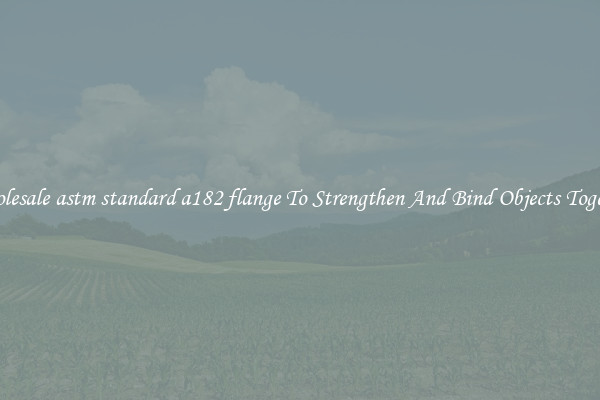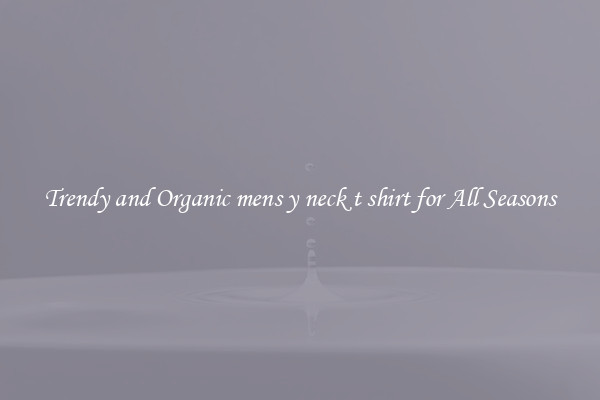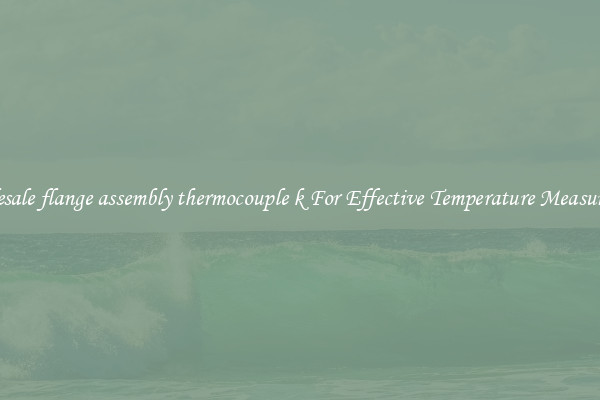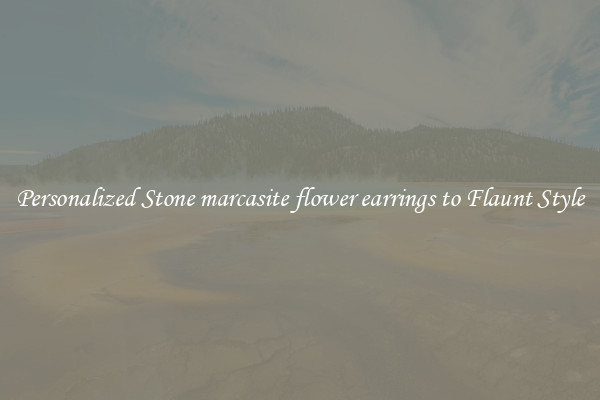Wholesale a105 welding neck flange rtj To Strengthen And Bind Objects Together
A105 welding neck flanges with ring type joint (RTJ) have become a popular choice for industries that require a strong and reliable method of connecting and binding objects together. These flanges are designed for high-pressure and high-temperature applications, making them ideal for use in industries such as oil and gas, petrochemical, and power generation.
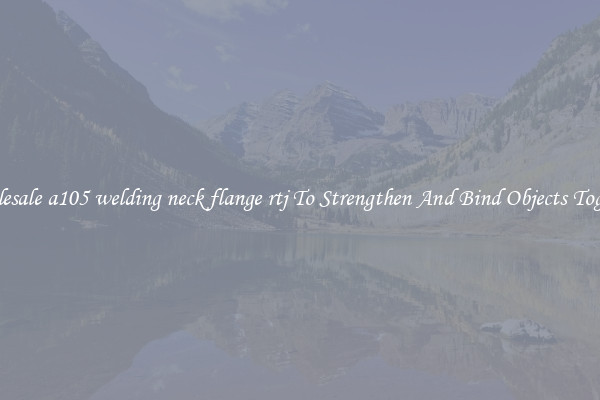
One of the main benefits of using A105 welding neck flanges with RTJ is their ability to create a secure and leak-proof seal between two pipes or other objects. The RTJ design features a metal ring that sits within a groove on the flange face, providing a tight connection that can withstand high levels of pressure. This makes RTJ flanges an excellent choice for systems that carry volatile or hazardous materials, as they reduce the risk of leaks and potential accidents.
Another advantage of A105 welding neck flanges with RTJ is their durability and strength. Made from high-quality carbon steel, these flanges are designed to withstand extreme conditions and provide long-lasting performance. This makes them a cost-effective solution for industries that require dependable connections that can withstand the test of time.
In addition to their strength and reliability, A105 welding neck flanges with RTJ are also easy to install and maintain. The welding neck design allows for easy alignment and welding of the flange to the pipe, ensuring a secure connection that will not come loose over time. Additionally, the RTJ seal is replaceable, making it easy to repair or replace the seal if it becomes damaged or worn out.
Overall, A105 welding neck flanges with RTJ are a versatile and effective solution for industries that require strong and reliable connections. Whether used in high-pressure pipelines or critical systems, these flanges provide a secure seal that can withstand the toughest conditions. With their durability, ease of installation, and low maintenance requirements, A105 welding neck flanges with RTJ are a valuable asset for any industry looking to strengthen and bind objects together.
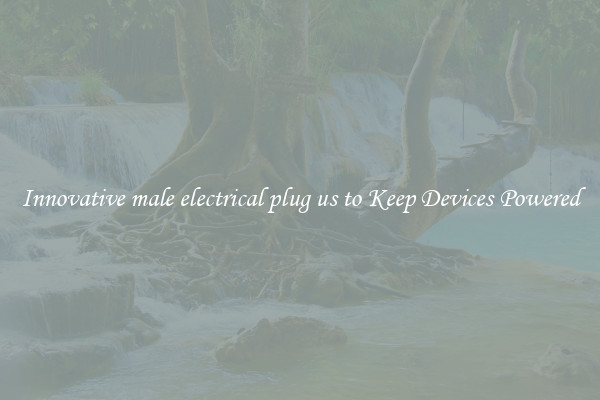
View details

View details

View details

View details
